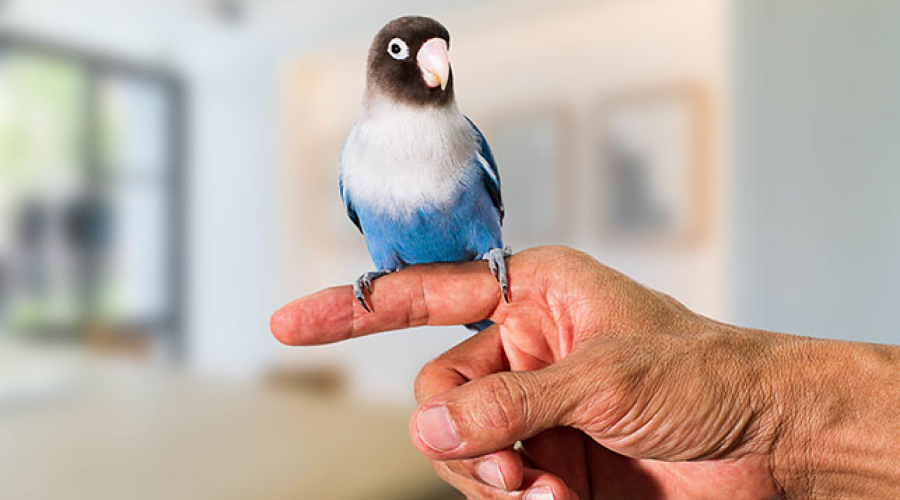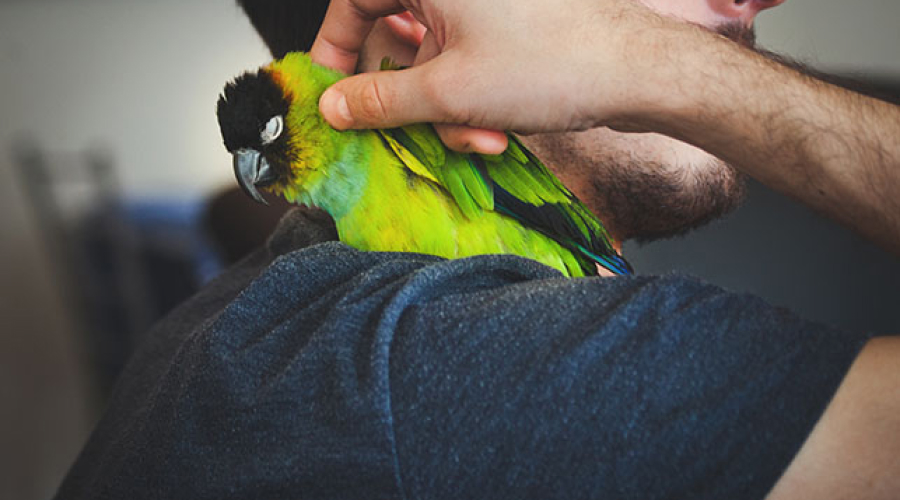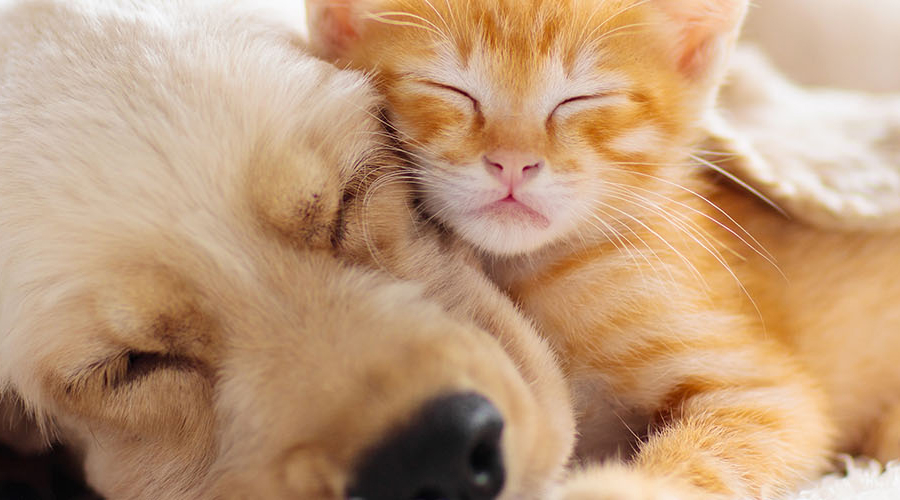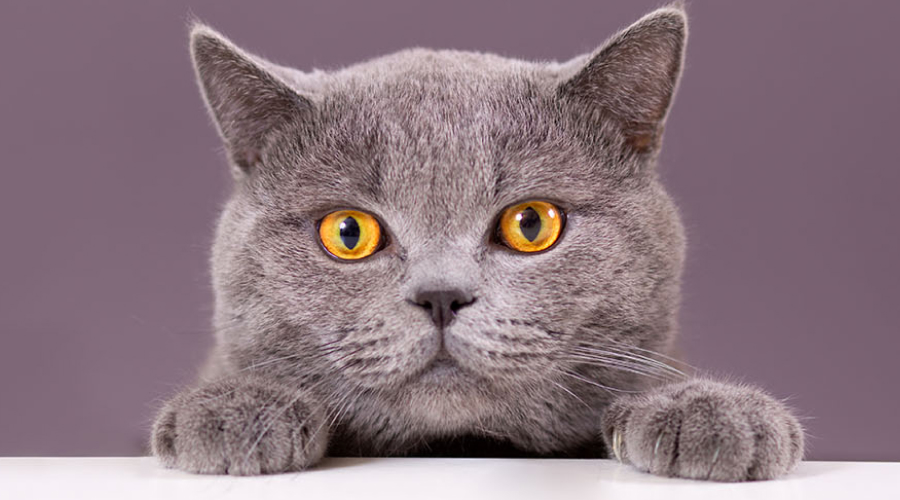Here’s what you need to know if you’re looking to get insurance for your pet bird.
The first-ever pet insurance policy was written by Claes Virgin in the late 1800s and focused on high utility animals such as horses and livestock. The first dog insurance cover was in Sweden in 1924. Since then, more and more markets across the globe, insurance companies have dabbled with pet insurance to cater to the unconditional love we pet owners have for our pet babies.
Unfortunately, insurance plans have not evolved much since 1924. Veterinary care is a common need of all pet owners, so we can have peace of mind that shall our pets have injuries or illnesses, we will be able to afford the vet fees needed to bring them back to health. Yet, pet covers have never really expanded their scope beyond dogs and cats.
While dogs may be the most popular pets in Australia, pet birds come in a close second at 4.2 million. So how could bird insurance not be a thing? And let’s not forget about the other 2.5 million Australian pets such as rabbits, guinea pigs, horses (which were the first animals ever to have insurance cover), and other small mammals.
Well, no longer! Enter exotic pet insurance.
So What Does It Include? Is It Worth It?

Nationwide annual spend on pet birds in Australia is a whopping $439 million, followed by $158 million for reptiles. These exotic pets can be more prone to flee or cause/suffer from accidents. They rarely are considered low maintenance.
And because they are not so common, it’ll often require a visit to specialists which can be costly, especially if out of pocket. So having an insurance policy will be the smarter thing to do.
Consider the Costs Unique to Your Exotic Pet
Exotic pet insurance plans are not just regular pet insurance policies(for dogs and cats) repackaged for different animals. They are unique, unusual insurance products that go beyond regular veterinary fees and offer alternative treatments (physiotherapy) and specialist vet bills.
It also often includes cover for advertising and reward offered in case your pet goes missing as well as third party liability in case it accidentally harms someone else.
Many policies customise their policies for each pet type. For instance, for birds of prey, certain pet insurance companies will cover a portion of the cost if it gets caught or goes missing whilst flying. Reptiles rarely exhibit signs of distress or illness and thus regular checkup is important.
Given the customisation and unusual levels of cover, it is important that policyholders check all the details and restrictions of the insurance policy by examining the product disclosure statement (PDS).
Your Options Would Be Limited so Only Get One if It Makes Sense for You

There aren’t too many pet insurance companies that offer comprehensive exotic pet insurance. But the tide is changing. Petcover is the only one that offers exotic pet insurance in Australia as well as microchipping in the pets, which is mandatory for cats and dogs. You also are entitled to various pet discounts.
But remember that the limited competition in the market with only one player means that it might not be able to meet all your needs or be priced fairly. So always try to negotiate the terms to include costs relevant to your pet type and environment while taking out the benefits you will never use. Exotic pets like reptiles live a lot longer so signing up for a policy and paying premiums for 30-40 years might not be worth it.
Just like with humans, it is hard to see the value of the monthly premium you have to pay for health insurance until you are in a dire need of it. So make sure that you ask a lot of questions and only sign up if the premiums you pay will actually bring you tangible savings over time.



